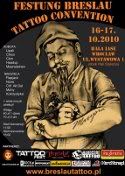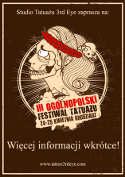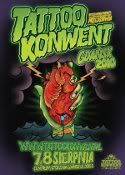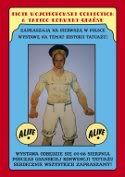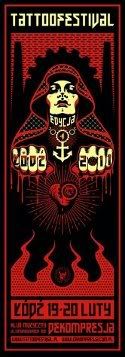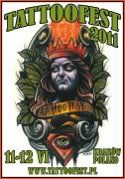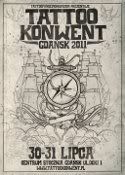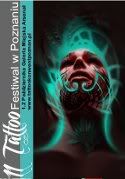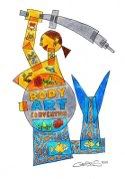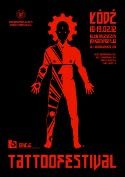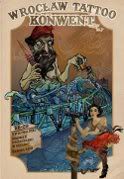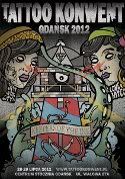PL:
Praktykujący jogę dzielą się na tych, dla których ciało to święte naczynie którego nie powinno się kalaćtuszem. I takich, dla których skóra to ruchome płótno, na którym można wyrazić swoje myśli, ideały, inspiracje.
"Ruchome płótno" Emily S. Rueb dla New York Timesa (<- klik po wiecej). Fotografie: Piotr Redliński.
ENG:
For some yoga practitioners, the body is a sacred vessel that should not be tainted. For others, the skin represents a blank, movable canvas for tattoos displaying thoughts, texts and deities that inspire and inform their practice.
"Movable canvas" by Emily S. Rueb for New York Times (<- klik po wiecej). Photography: Piotr Redliński.
PL:
David Life, 61: "Tatuaże są pozwalają upamiętnić ważne chwile."
ENG:
DAVID LIFE, 61: "Tattoos mark a moment in time you want to give credit to."
PL:
RAPHAELLE ROMANA, 33: "Z korzeniami głęboko w ziemi i gałęziami skierowanymi ku niebu, drzewo symbolizuje dwubiegunowość ludzkiej egzystencji: życie i śmierć, dobroi zło".
ENG:
RAPHAELLE ROMANA, 33: "The tree is rooted to the earth and at the same time it reaches for the sky. It's a reference to the duality of humanity: life and death, good and evil."
PL:
DOUGLAS ABRAHAM, 41 zaczął się tatuować w "dziwaczne rzeczy" gdy miał 30 lat. Dziś nosi na sobie sanskryckie, japońskie i tybetańskie słowa i symbole.
ENG:
DOUGLAS ABRAHAM, 41 started layering "creepy crawly things" all over his body when he was in his 30s. They include Sanskrit, Japanese and Tibetan imagery and phrases.
PL:
LULA TRAINOR (lewa) i ADRIANA RIZZOLO (prawa), obie 28: Sanskrycka mantra oznaczająca: "Oby wszystkie istnienia trwały w pokoju i wolności"
ENG:
LULA TRAINOR (on the left) and ADRIANA RIZZOLO (on the right) both 28: A mantra in Sanskrit which translates: "May all beings be peaceful and free."
Anthony Gastelier by Sylvain Norget
6 lat temu





